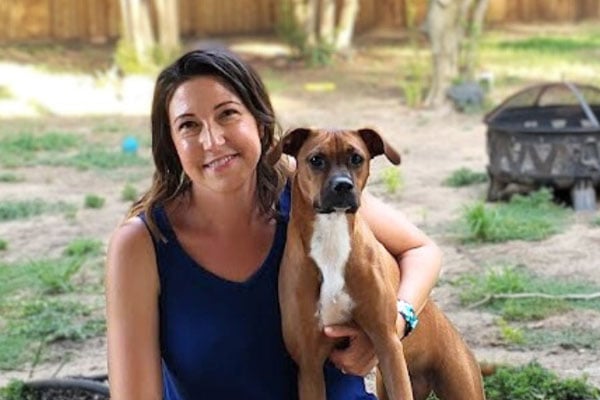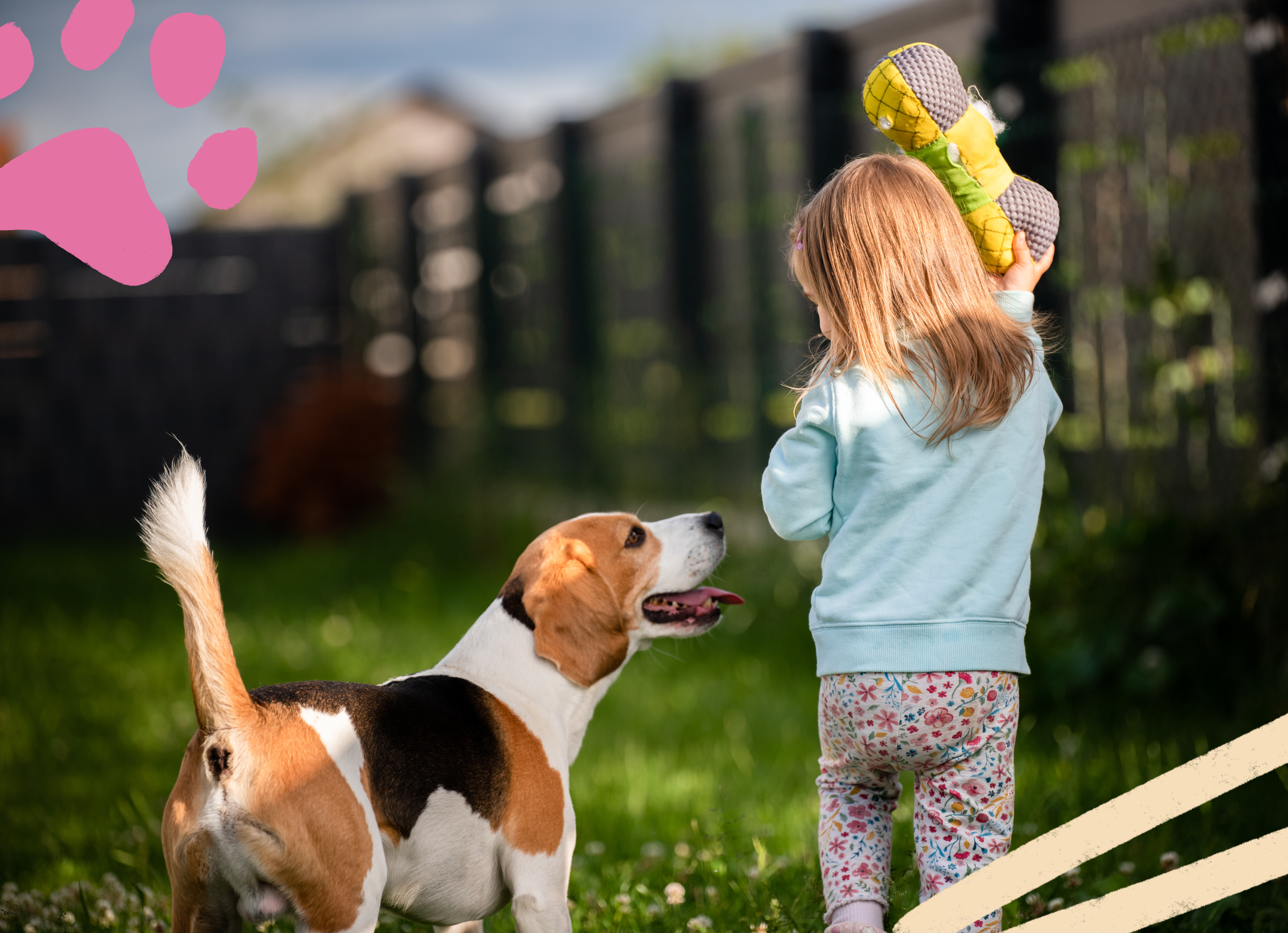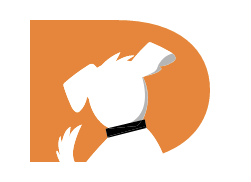3 min read
How To Foster Relationships Between Kids & Dogs
 Lindsay Millican
:
Sep 2, 2020 3:06:15 AM
Lindsay Millican
:
Sep 2, 2020 3:06:15 AM

Growing up I was the little girl who always wanted, but was never allowed, to have a dog. Every birthday, every Christmas, every Easter my #1 wish made to my dad, Santa and the Easter Bunny was a puppy of my own!
I remember crying hysterically, begging my father for a puppy. I didn’t understand then why he said it would be “too much work.”
My sister and I even attempted to rescue a dog without his permission! We snuck a beautiful, deer-like chihuahua mix we named Bambi, a Sato from Puerto Rico, into our home and quietly, secretly cared for her until we got caught. Bambi barked one night, and that was the end of my childhood dog mom days.
The reality was, that my dad was widowed, raising two little girls by himself. He had a lot on his plate, and even though my sister and I were responsible enough to do the work, our father simply didn’t have the bandwidth for another responsibility.
The truth is, welcoming a new dog into the family can be a child’s best friend or a parent’s worst nightmare. The reality is usually somewhere in-between, and the good news is, with a little preparation, we have the power to create a safe, happy transition.
If my thirteen-year-old self could look into the future and realize she would have a career working with animals, she would be thrilled! To this day, I thank Bambi for our brief time together. She is one of the many reasons I decided to become a dog trainer.
I am passionate about teaching kids and dogs to co-exist peacefully. DOGTV and I even teamed up to create these DOGTV YouTube videos!
Check out this video of my nephew, Liam, and niece, Emma, interacting with my dogs Penelope and Delilah as an example.
At DOGTV, we like to be transparent: we have affiliate relationships with other companies. We may receive a commission on qualifying purchases made via the links in this article at no extra cost to you.
5 factors to consider when integrating dogs and children:
F is for FOOD
Mealtime is a great opportunity for everyone to bond. Ration your dog’s daily meals, and allow your kids to use their dog’s food as a training reward. Encourage your kids to help prepare enrichment feeder toys.
As a rule, teach your children to allow their dog to eat in peace, without being petted or disturbed.
I is for INTRODUCTIONS
Learn about canine body language, and carefully supervise every interaction, especially in the beginning! Make time for the entire household to learn how dogs communicate with their eyes, ears, tail, and body position to express their feelings.
Download the app, DogDecoder to see visual images of canine communication. Think about enlarging the graphics for the kids, and creating a game out of guessing what a dog is trying to say with their body language.
Thoughtfully set up every introduction between your new dog and your children’s friends and other visitors to keep everyone safe.
R is for REWARDS
Teach your kiddos safe delivery techniques for rewarding your new dog often, and well. Look for the good behavior and offer a reward anytime your dog is relaxing in his crate, playing quietly with his toys, or responding to training cues.
I like to teach kids three ways to safely offer a treat:
- “Open palm” keeping their thumb and fingers together upside down
- “Catch it” tossing a treat into their mouth
- “Find it” throwing the treat onto a clean, safe ground and allowing your dog to search for the treat.
S is for SPACE
Create a safe space for your dog to eat, play, or escape! Whenever you are not around to actively supervise, contain your dog to her crate, Xpen with a bed, or even a gated-off small room filled with dog toys, anywhere you can create a quiet, peaceful sanctuary for your dog to retreat.
Most dogs would much prefer to get away, rather than growl or bite, when given the option to remove themselves from a stressful interaction.
Think of the safe space as a cool hideout, like a kids’ tent or treehouse, rather than a jail or place for punishment. Regularly hide enrichment games and feeders in your dog’s safe places, so they become a peaceful, comfortable place for alone time.
Teach your kids to respect “dog-only zones” for the safety of everyone! Set up an old phone or tablet, and download DOGTV for auditory and visual enrichment in the background.
T is for TRAINING
Positive reinforcement training is the fastest way to create a shared language of communication between your family and a new dog. Try training with a barrier like an Xpen between your kids and dog to ensure everyone’s safety.
Practicing cues like “sit” or “go to bed” from behind the safety of a divider is a great way to bond in a well-managed way. Consider enrolling in a dog training class together, or hiring a certified professional dog trainer to help guide your path to success!
Consistency is key, which is why I especially love clicker training. Be sure everyone in your home is on the same page when it comes to your new dog’s cues, expectations, and boundaries.
With careful management, daily exercise, regular enrichment, and rewards-based training, you can help your children and dog live together happily, and create years of unforgettable memories. Growing up with the dog is one of the best ways to teach your children love, patience, empathy, responsibility, and even the bittersweet, greatest love, of one day letting go with gratitude.
